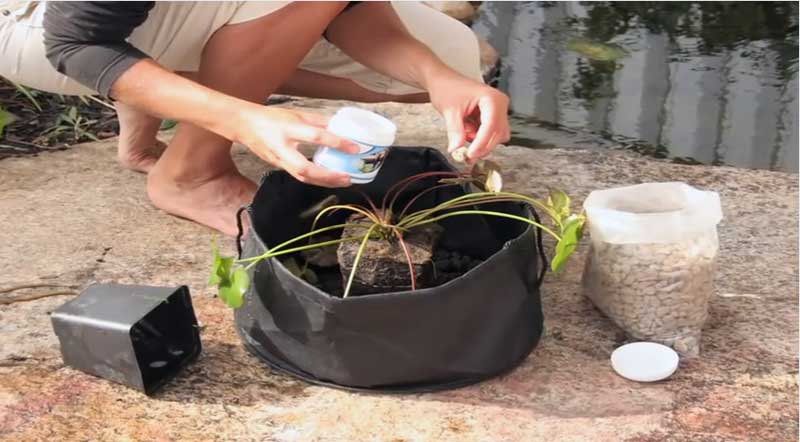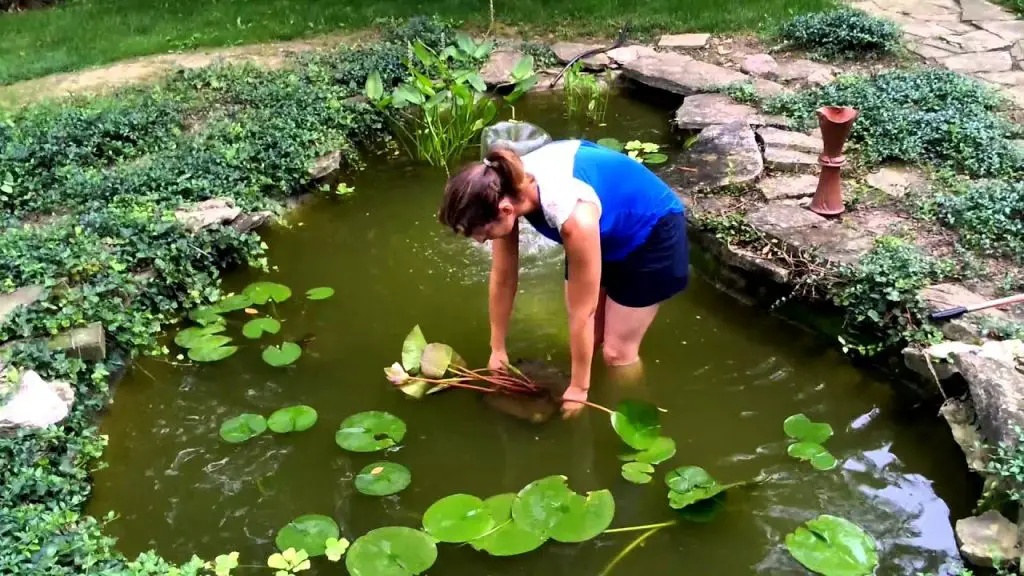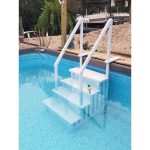Water lilies are not only beautiful aquatic plants, but they also provide a natural habitat for fish and other aquatic creatures. Planting water lilies in a pond can add a touch of elegance and tranquility to your outdoor space. If you’re looking to enhance the beauty of your pond with water lilies, here is a step-by-step guide on how to plant them successfully.

Credit: www.pondexperts.ca
Step 1: Choose the Right Water Lily Variety
Before you start planting water lilies in your pond, it’s essential to choose the right variety that suits your pond’s size and depth. There are different types of water lilies, including hardy water lilies and tropical water lilies. Hardy water lilies are suitable for temperate climates and can survive cold winters, while tropical water lilies thrive in warmer climates.
| Hardy Water Lilies | Tropical Water Lilies |
|---|---|
| Survive cold winters | Require warm temperatures |
| Available in various colors | Offer vibrant hues |
| Ideal for temperate climates | Thrive in warmer regions |
Step 2: Prepare the Planting Container
Water lilies need to be planted in a suitable container to contain their growth and prevent them from spreading uncontrollably in the pond. Choose a planting container specifically designed for aquatic plants, such as a plastic pond planting basket with several holes for water circulation.

Credit: www.youtube.com
Step 3: Use the Right Soil and Fertilizer
Water lilies require a specific type of soil to thrive. Use a heavy clay loam soil or a specialized aquatic planting mix to plant your water lilies. Additionally, consider adding a slow-release aquatic fertilizer to provide essential nutrients for the plants.
Step 4: Planting the Water Lily
When planting a water lily in a pond, follow these steps:
- Place the planting container in the desired location in the pond, making sure it is submerged to the appropriate depth.
- Fill the container with the planting mix, leaving enough space for the water lily tuber or rhizome.
- Gently place the water lily tuber or rhizome in the center of the container, making sure the growing tip is facing upward.
- Cover the tuber with soil, leaving the growing tip exposed.
- Add a layer of gravel on top of the soil to prevent it from clouding the water.
- Place the container in the pond at the recommended planting depth for the specific water lily variety.
Step 5: Caring for Water Lilies
Once you have planted your water lilies, it’s essential to provide proper care to ensure their healthy growth and blooming. Here are some tips for caring for water lilies in your pond:
- Ensure the water lilies receive at least 6 hours of direct sunlight each day.
- Regularly fertilize the water lilies during the growing season to promote healthy growth and blooming.
- Remove any dead or decaying leaves from the water lilies to prevent them from rotting in the pond.
- Monitor the water lilies for pests and diseases and take appropriate measures to control them.
- Divide and repot water lilies every 2-3 years to prevent overcrowding and promote vigorous growth.
Step 6: Enjoying the Beauty of Water Lilies
Once your water lilies are planted and well cared for, sit back and enjoy the beauty they bring to your pond. Water lilies not only enhance the aesthetic appeal of your outdoor space but also provide a natural habitat for aquatic life, making your pond a thriving ecosystem.
By following these steps on how to plant a water lily in a pond and providing proper care, you can create a stunning water feature that will be the highlight of your garden. So, roll up your sleeves, get your hands dirty, and transform your pond into a tranquil oasis with the beauty of water lilies.





